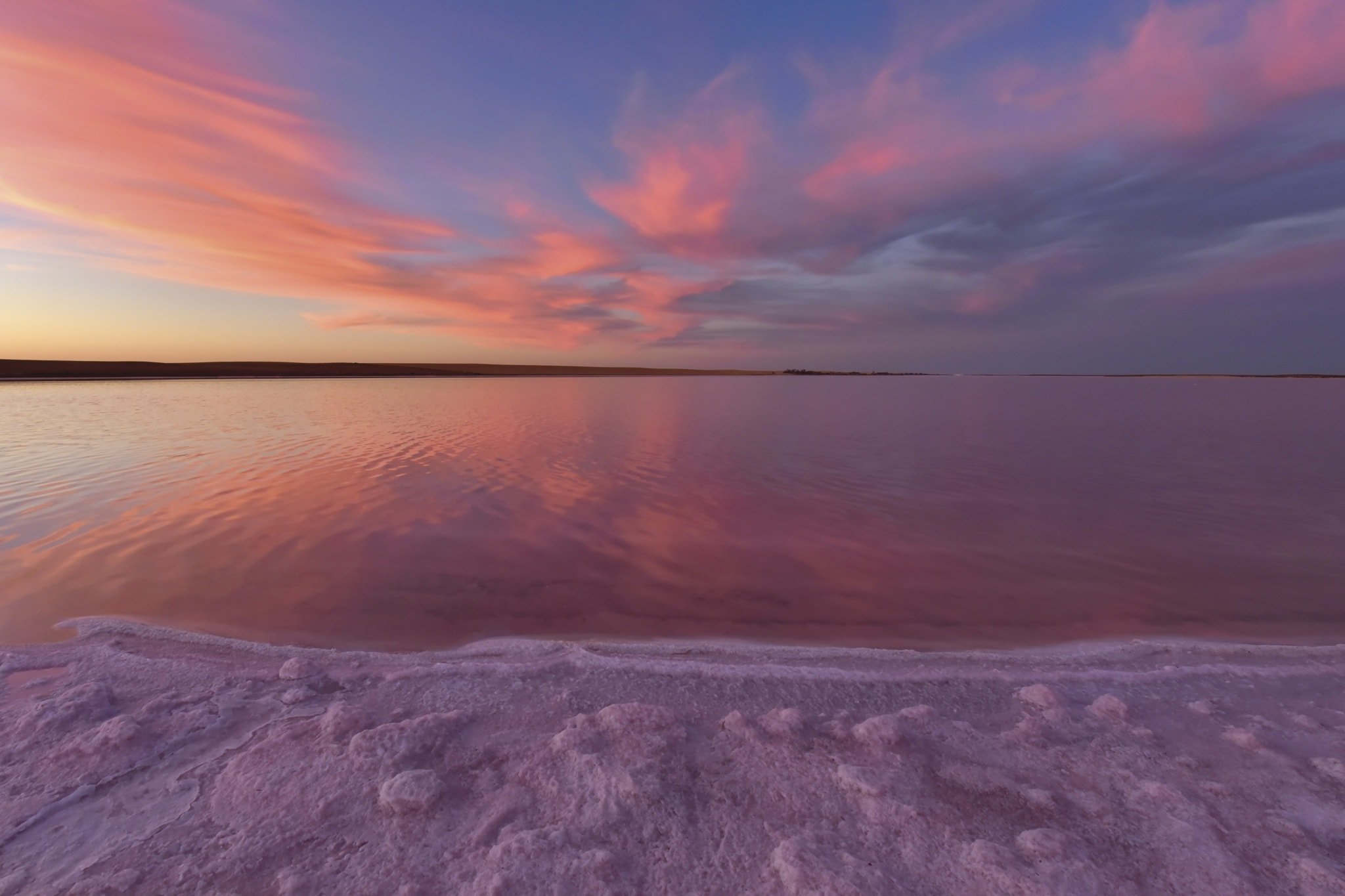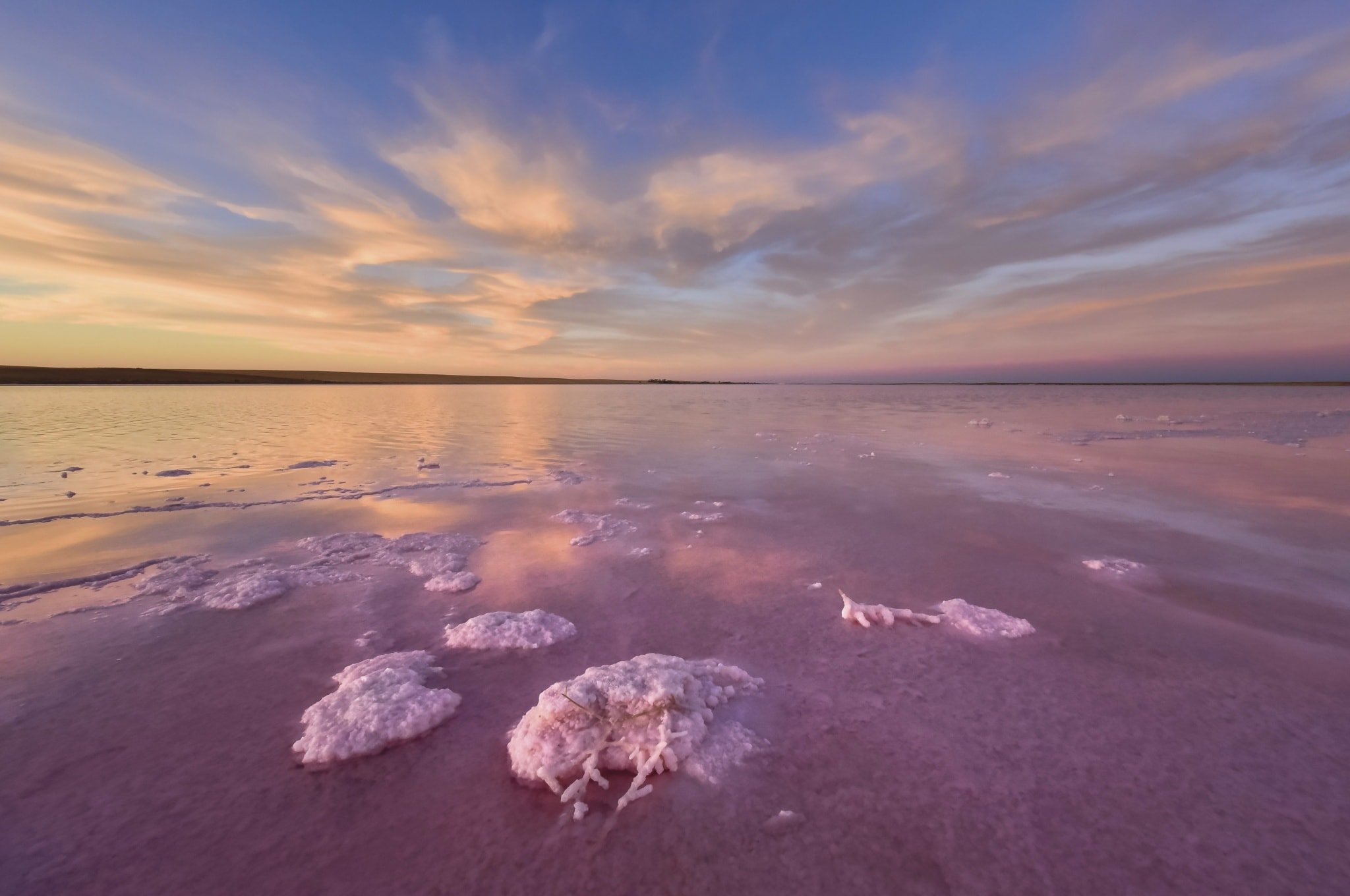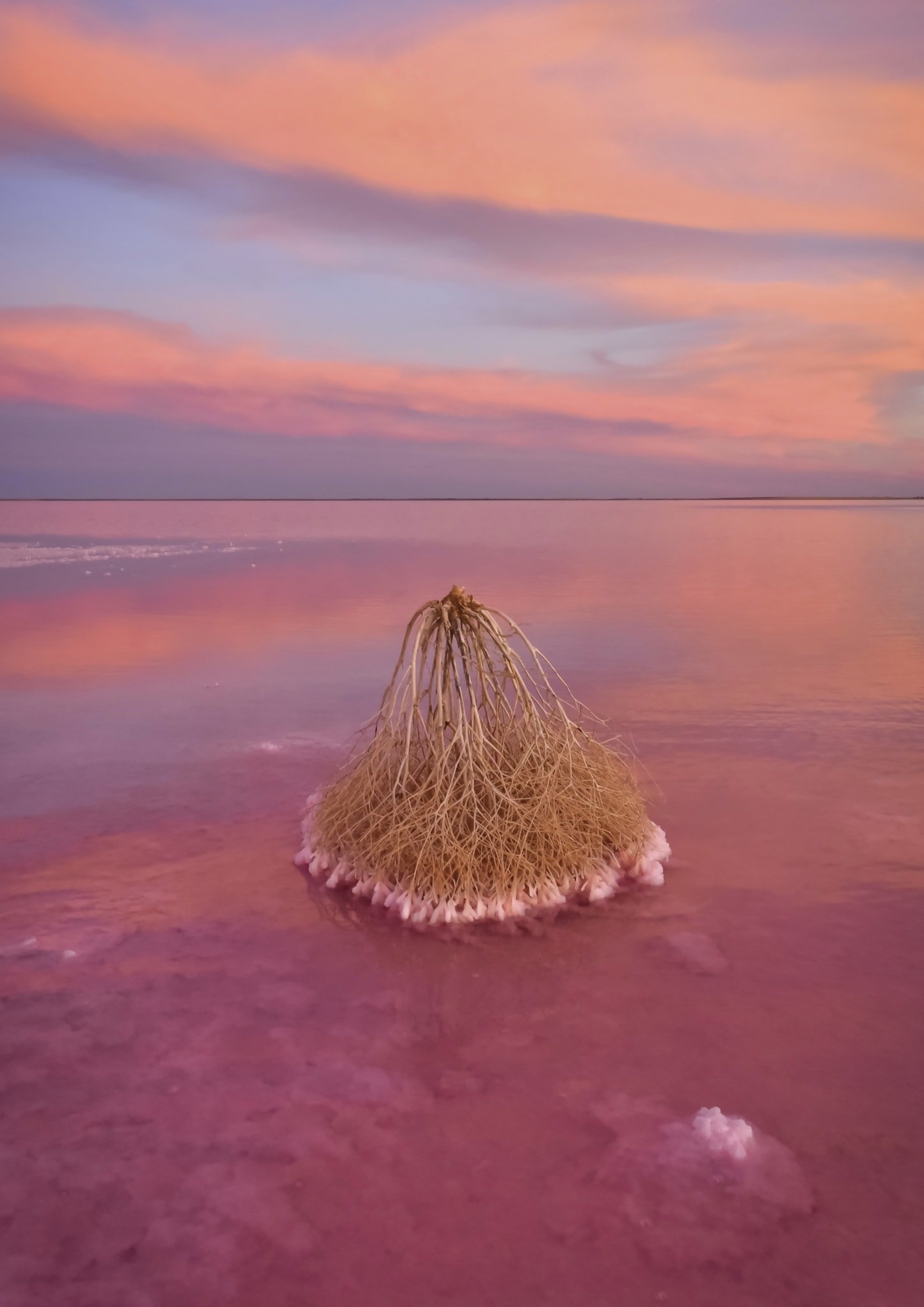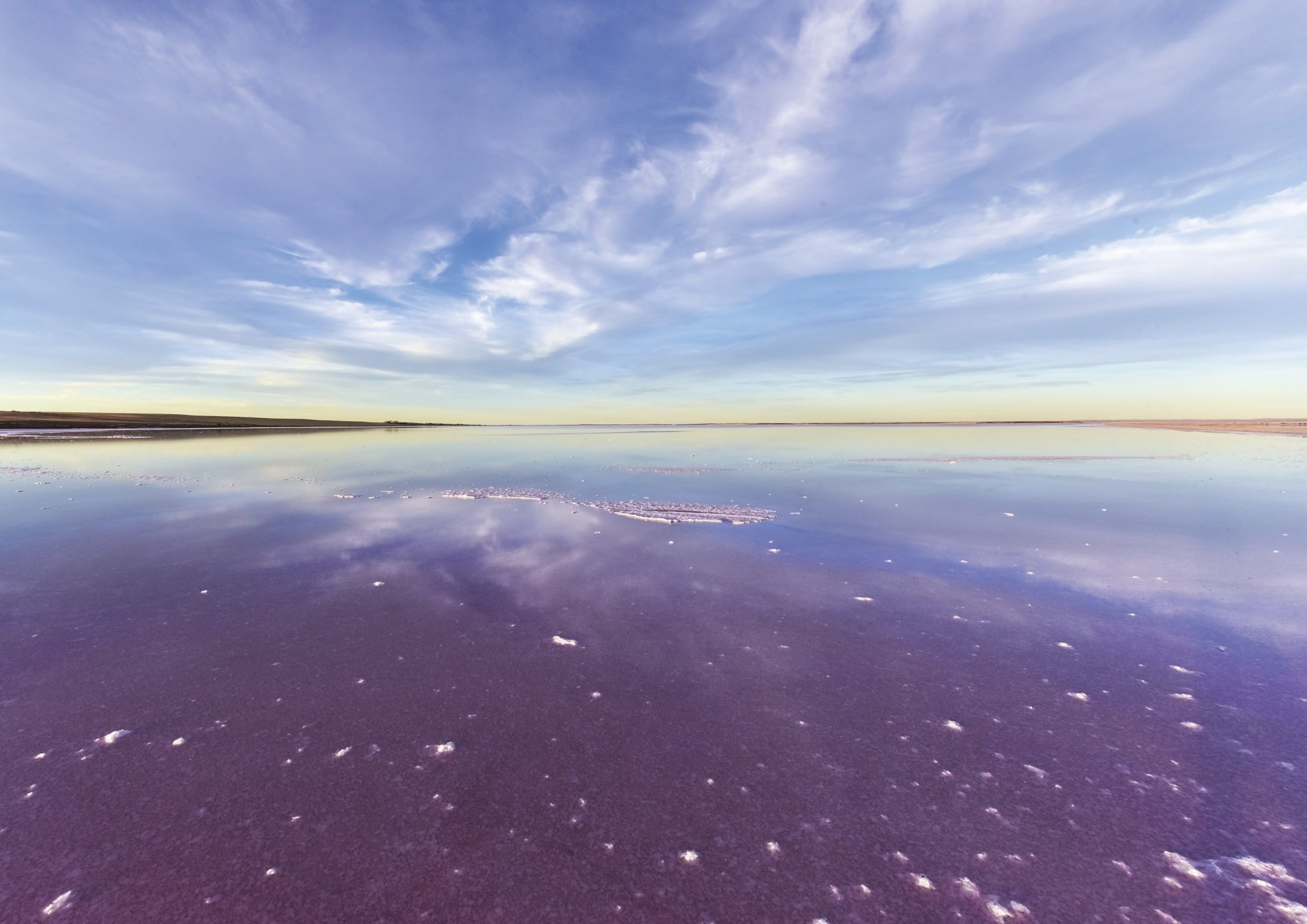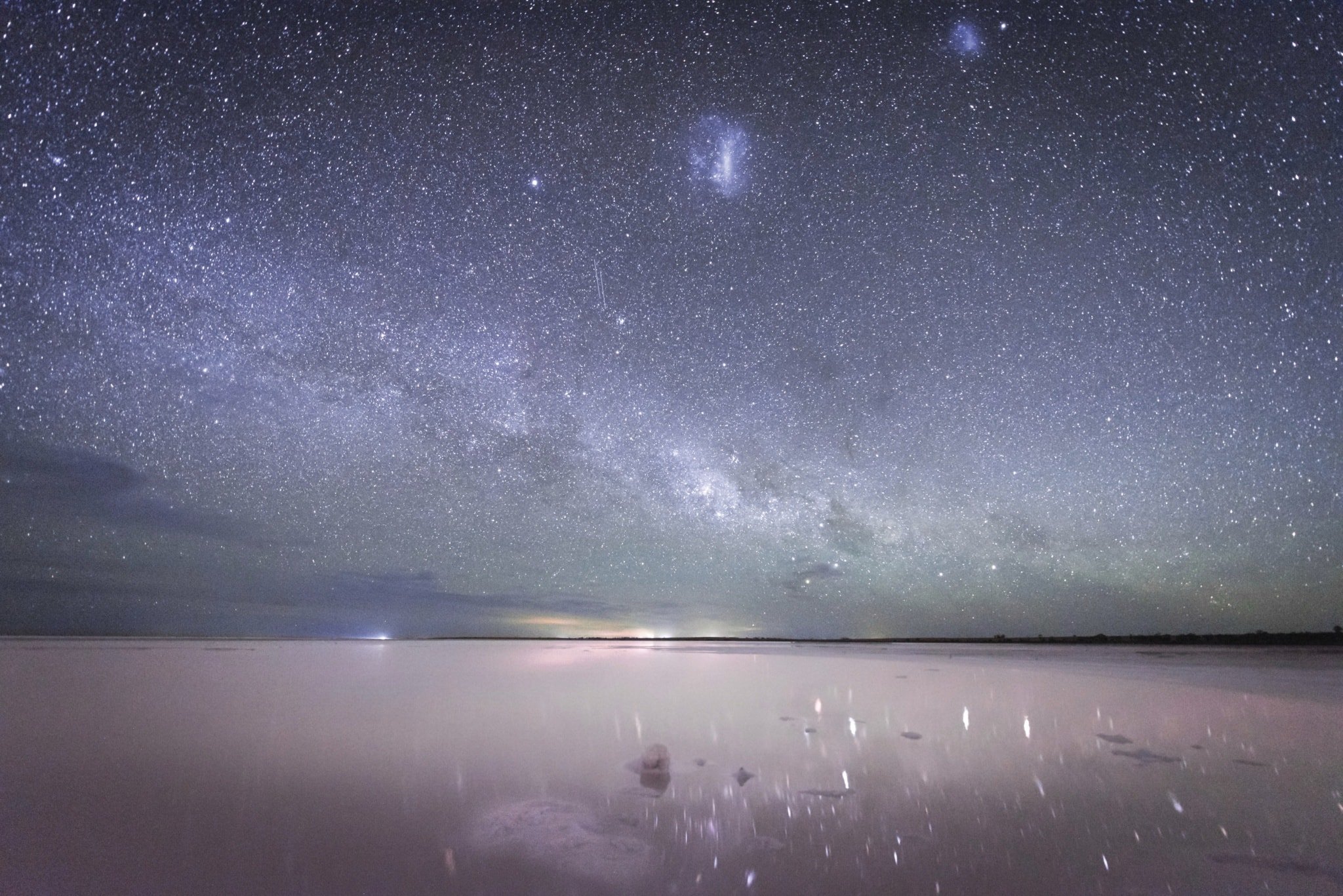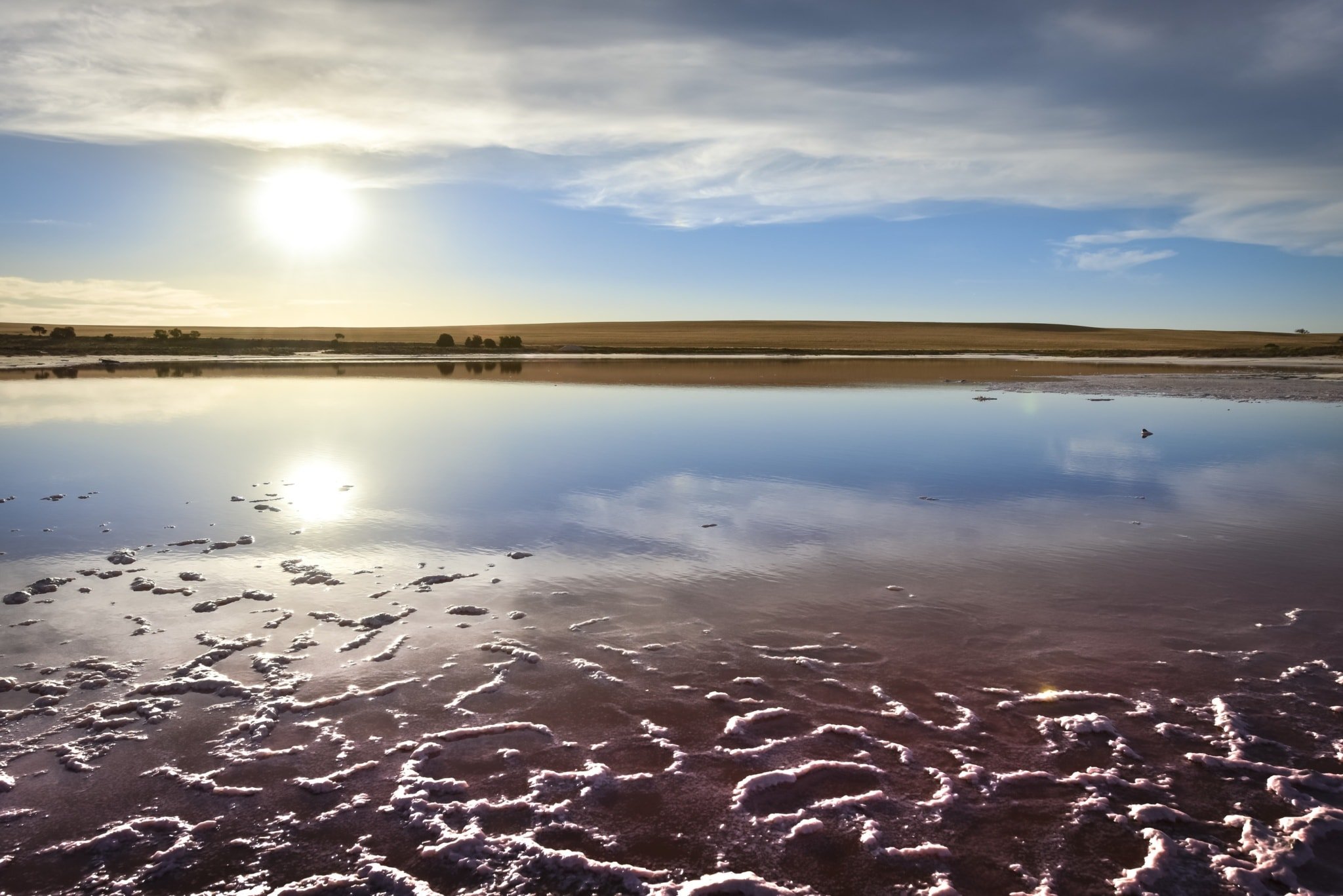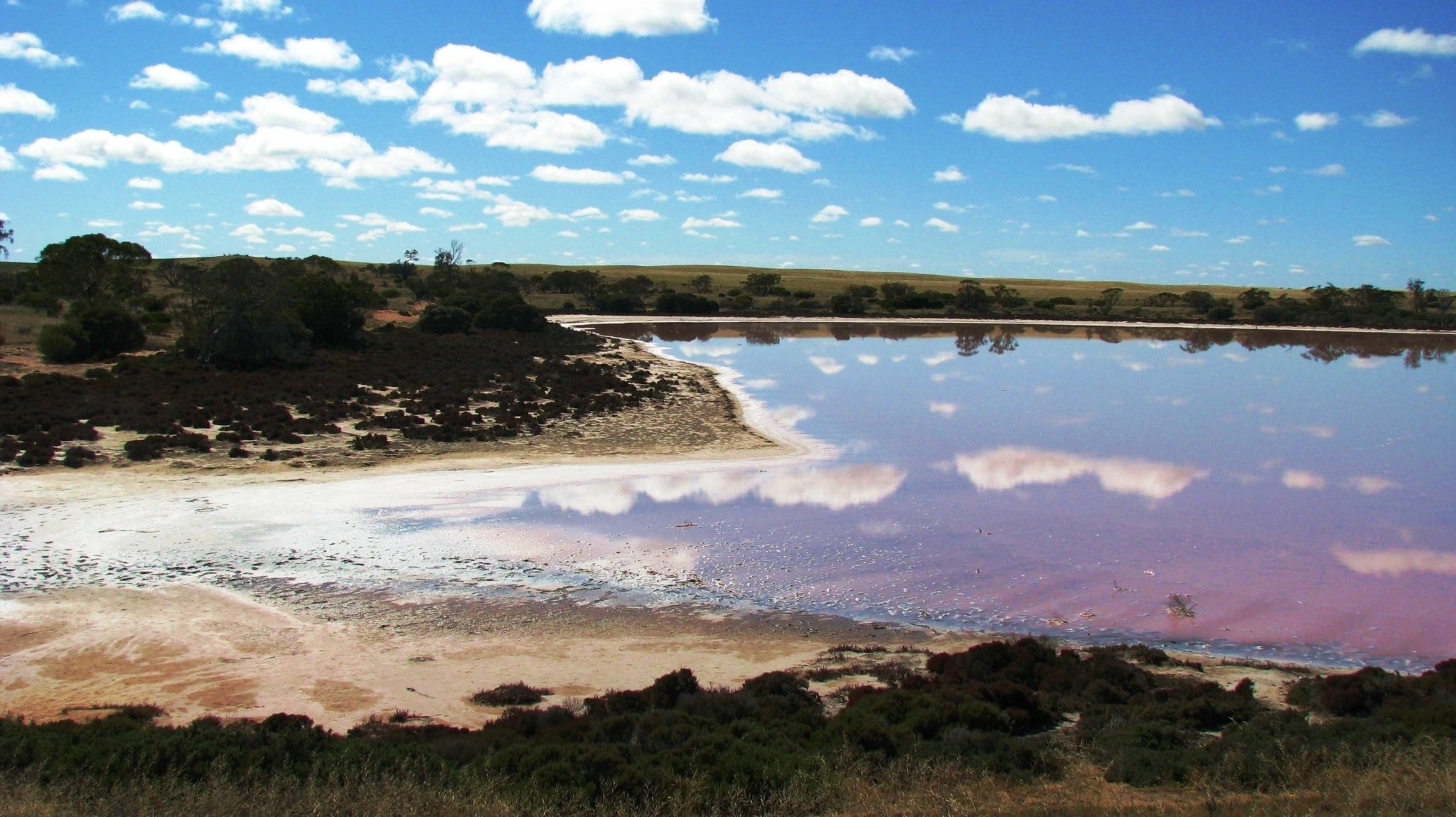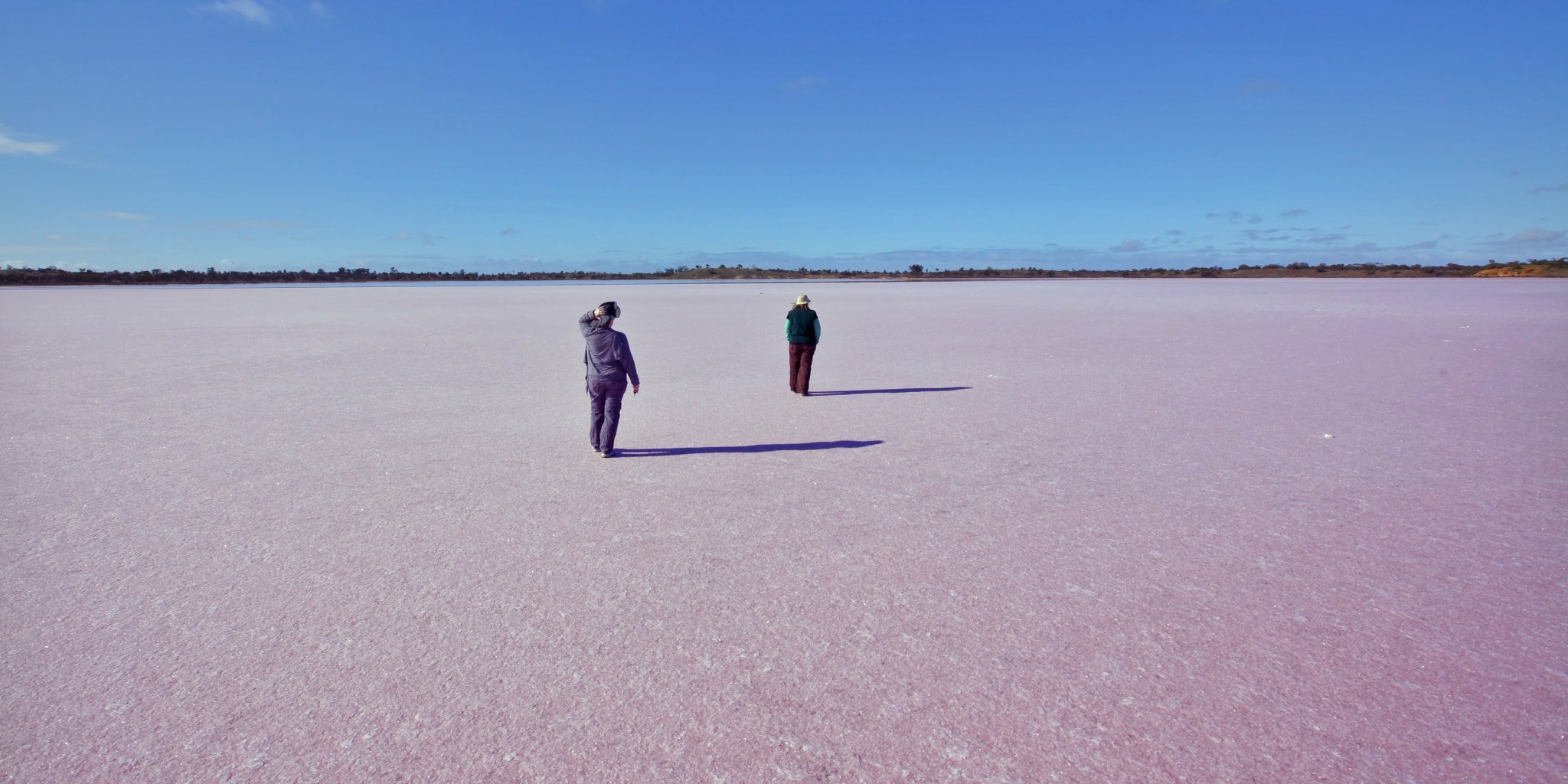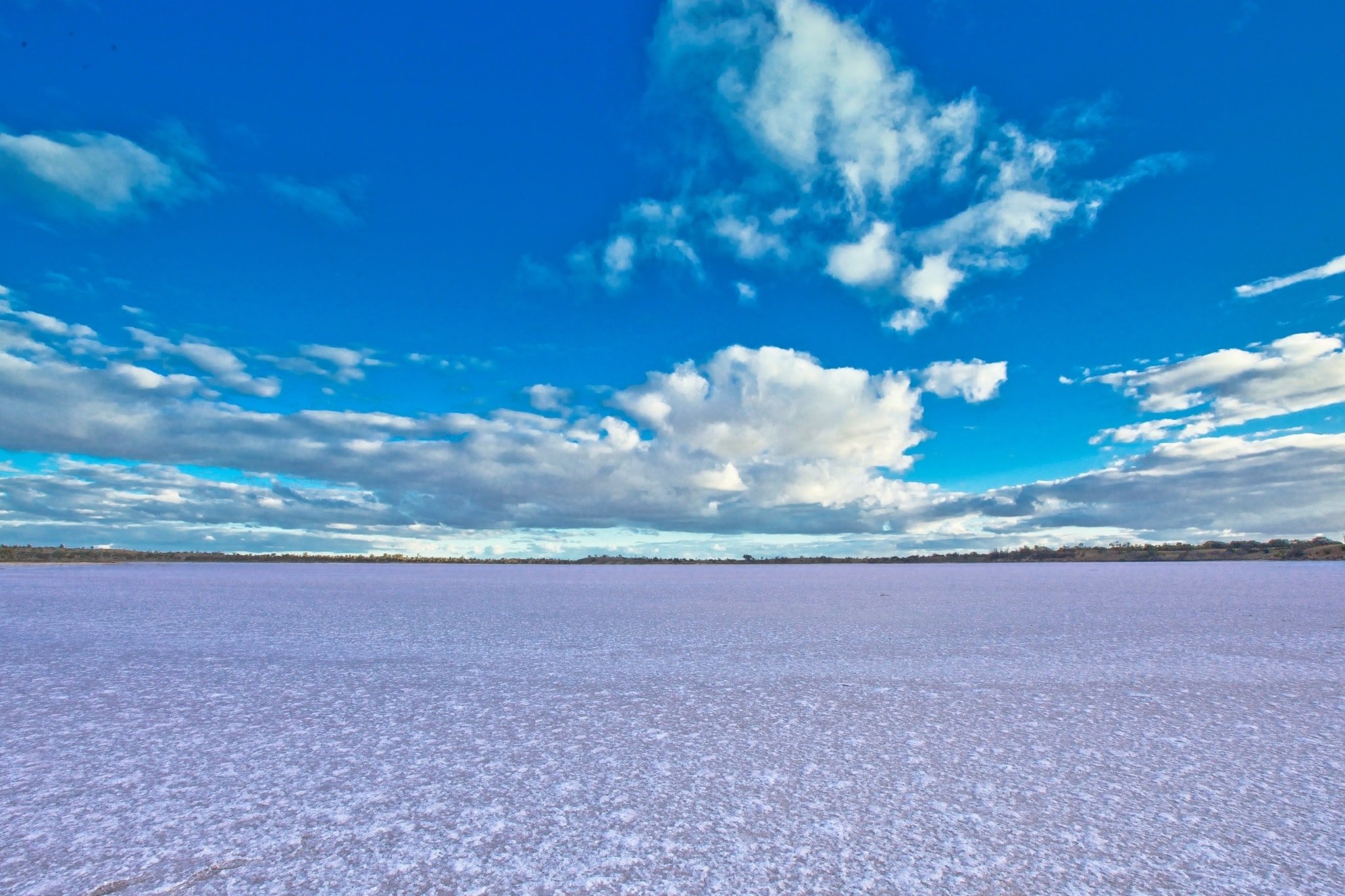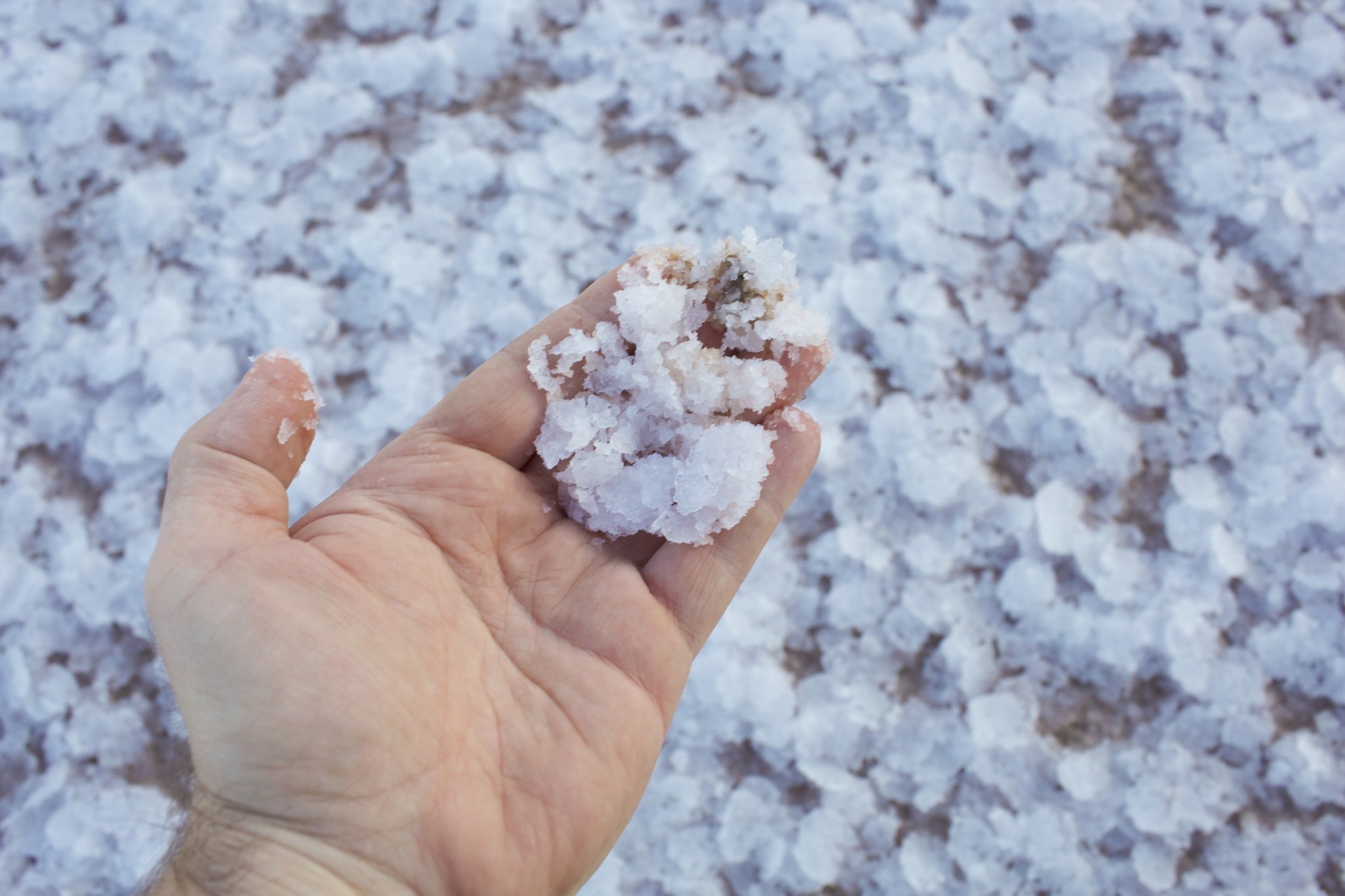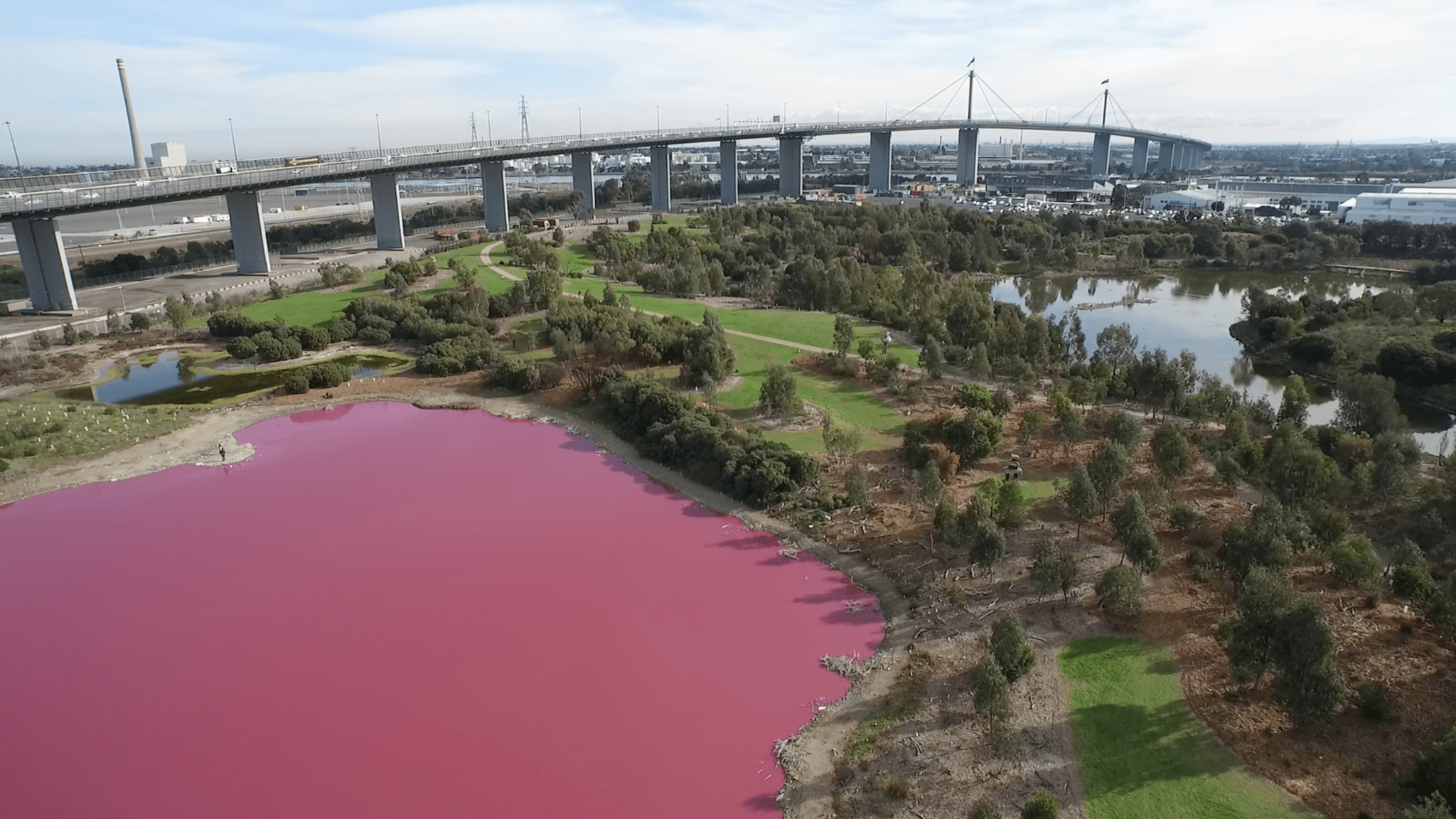In pictures: Victoria’s pink lakes

“THE LAKE turns pink when the weather is warm and dry, with the right combination of salinity and the right organisms,” says Parks Victoria Chief Conservation Scientist Dr Mark Norman about Westgate Park’s pink lake.
“When we get a long enough period of time without rain, the water evaporates from the saltwater lake and it becomes five or six times saltier than seawater, creating an extreme environment were only a special few organisms can live.”
One of those organisms is a single-celled algae called Dunaliella salina. “When the water becomes supersaline, the algae produces cartenoids which give the lake its pink colour. The cartenoid acts as a filter to protect their chlorophyll, like a pair of sunglasses that goes over the chlorophyll cells and assists photosynthesis,” Mark says.
It can look a lot like somebody has filled the lake in with a strawberry milkshake or a paint spillage. You may think that these lakes are restricted to Western Australia, but Victoria is also plentiful.
“People travel all around the world to see the ‘pink lake phenomenon’ and in Victoria we’ve got them both at Westgate Park and up in the Murray Sunset National Park, in an area called Pink Lakes,” says Mark.
“The whole point of visiting these pink lakes is to witness the amazing colour and know that you’ve had a close encounter with a creature that thrives in an incredibly extreme environment.” But he reminds us, “They’re much better to look at than to jump into.”
